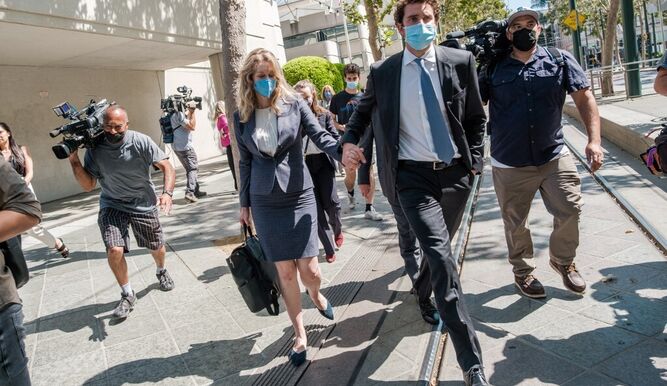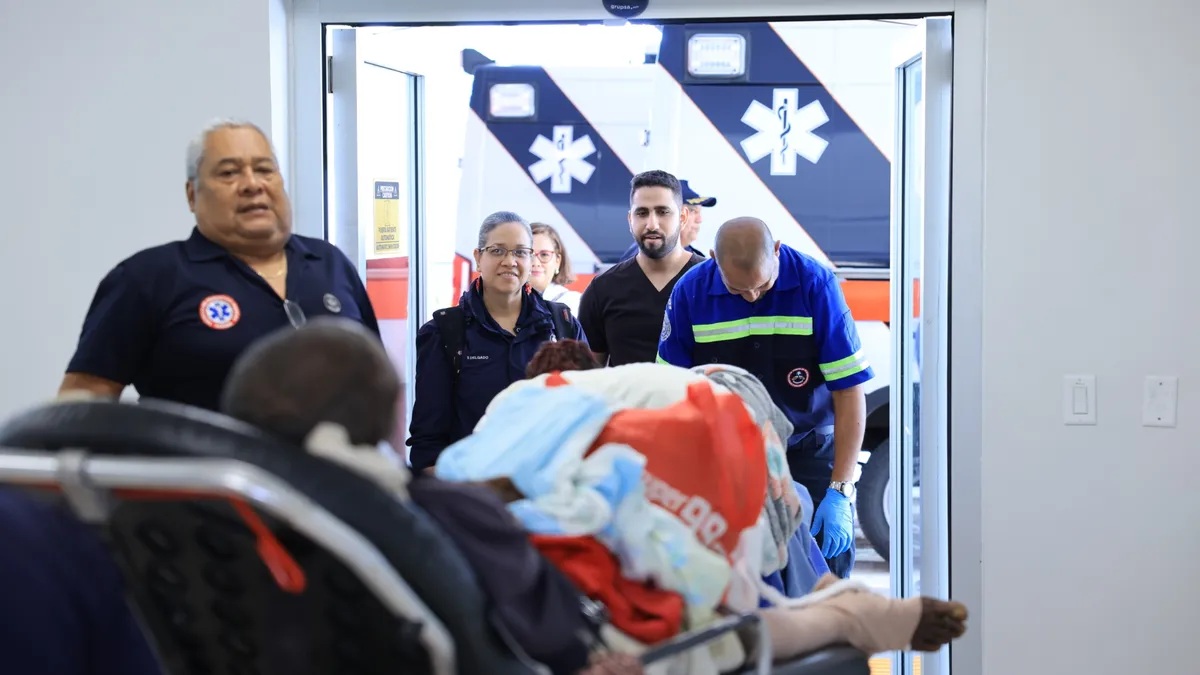“Visionary” billionaire could face 20 years jail

Elizabeth Holmes became the youngest billionaire in the world in 2014, thanks to a revolutionary medical technology that allowed diagnosis of diseases such as cancer and diabetes, using just a few drops of blood from the patient without the need to resort to needles and invasive procedures.
She was considered a visionary and even compared to the founder of Apple. She appeared on the covers of Fortune, Forbes, Inc, and The New York Times’ Style Magazine when her company, was valued at $9 billion in 2014,
Holmes was placed at No. 100 on the Forbes list of the richest people in America and named the youngest billionaire in her early 30s.
Fading promise
But after a few, years the promise faded and the miracle machines never worked.
Hailing from a wealthy Washington family, Holmes entered Stanford University to study chemical engineering in 2002. In her freshman year, he already showed ambition to create a technology that would change the direction of medicine.
In a first attempt, he came up with the idea of a patch that could scan the user for infections and release antibiotics as needed.
Phyllis Gardner, an expert in clinical pharmacology at Stanford, recalls discussing the idea of Holmes’s skin patch and telling her that “it wouldn’t work.”
“She just stared at me but it was like she didn’t see me, ” Gardner told the BBC.
At 19, she dropped out of Stanford and used the money his parents had saved to pay for her university as initial financing to found his own company, which she called Theranos.
The Edison test promised to quickly detect diseases such as cancer and diabetes without the need for needles, promising faster and cheaper results than traditional labs and performed with just a few drops of blood.
A revolution in disease diagnosis, especially in a country like the United States, where medical service is extremely expensive.
At the time, she said that her decision to create Theranos was driven by an appalling, fear of needles. That, and the pain caused by the death of an uncle, who died of cancer that they could not detect in time.
Her story captivated friends and strangers. And there were many who decided to entrust their money to Theranos. Among them, media mogul Rupert Murdoch, former president Bill Clinton, and Mexican telecommunications titan, Carlos Slim.
By the time it went public, Theranos was already part of the select club of unicorns (the name used to designate companies whose value exceeds a billion euros before they hit the market). without anyone thinking to ask the slightest proof to support the miracle.
Holmes’ ‘miracle ‘began to show cracks in 2015 when an insider raised concerns about Theranos flagship test device, the Edison.
The Wall Street Journal wrote an article claiming that Theranos had been forced to use conventional blood test methods in its research because its own Edison technology was providing erratic and inconsistent results.
Other revelations came to light, including storing samples at the wrong temperatures and endangering patients due to false readings from faulty tests.
In March 2018, the U.S. Securities and Exchange Commission charged Holmes and Ramesh Balwani, former Theranos chairman and chief operating officer, with fraud for taking more than $700 million from investors while advertising a fake product that could -be worth up to 20 years of prison to be found guilty.
According to prosecutors, Holmes was aware and lied to investors, doctors, and patients to continue raising money.
In addition to Kissinger and Mattis, who made Theranos board, patients who were misdiagnosed with HIV or cancer due to faulty tests are expected to testify before the jury.
After several delays and rescheduling, the trial began on September 8 in San Francisco.





